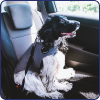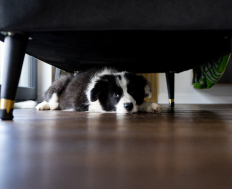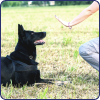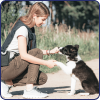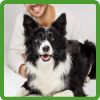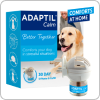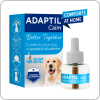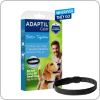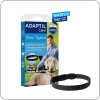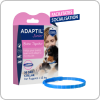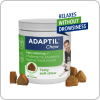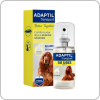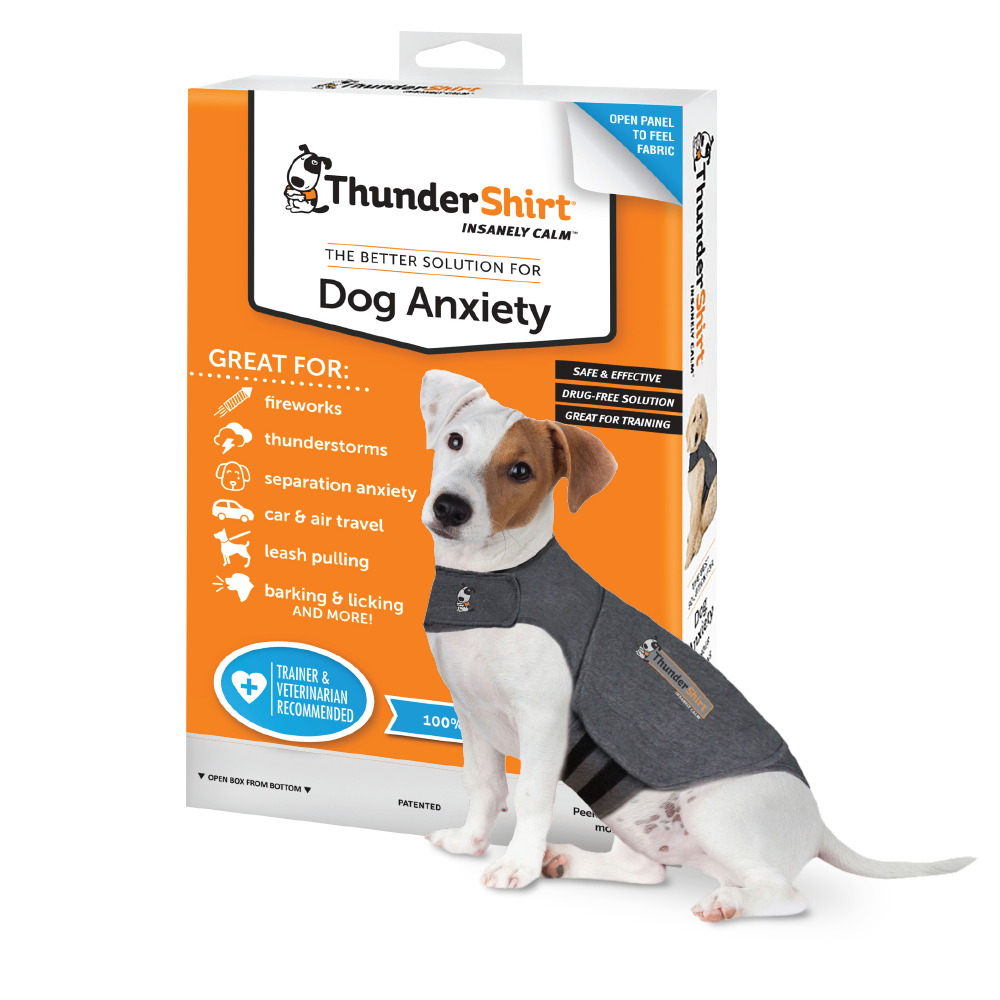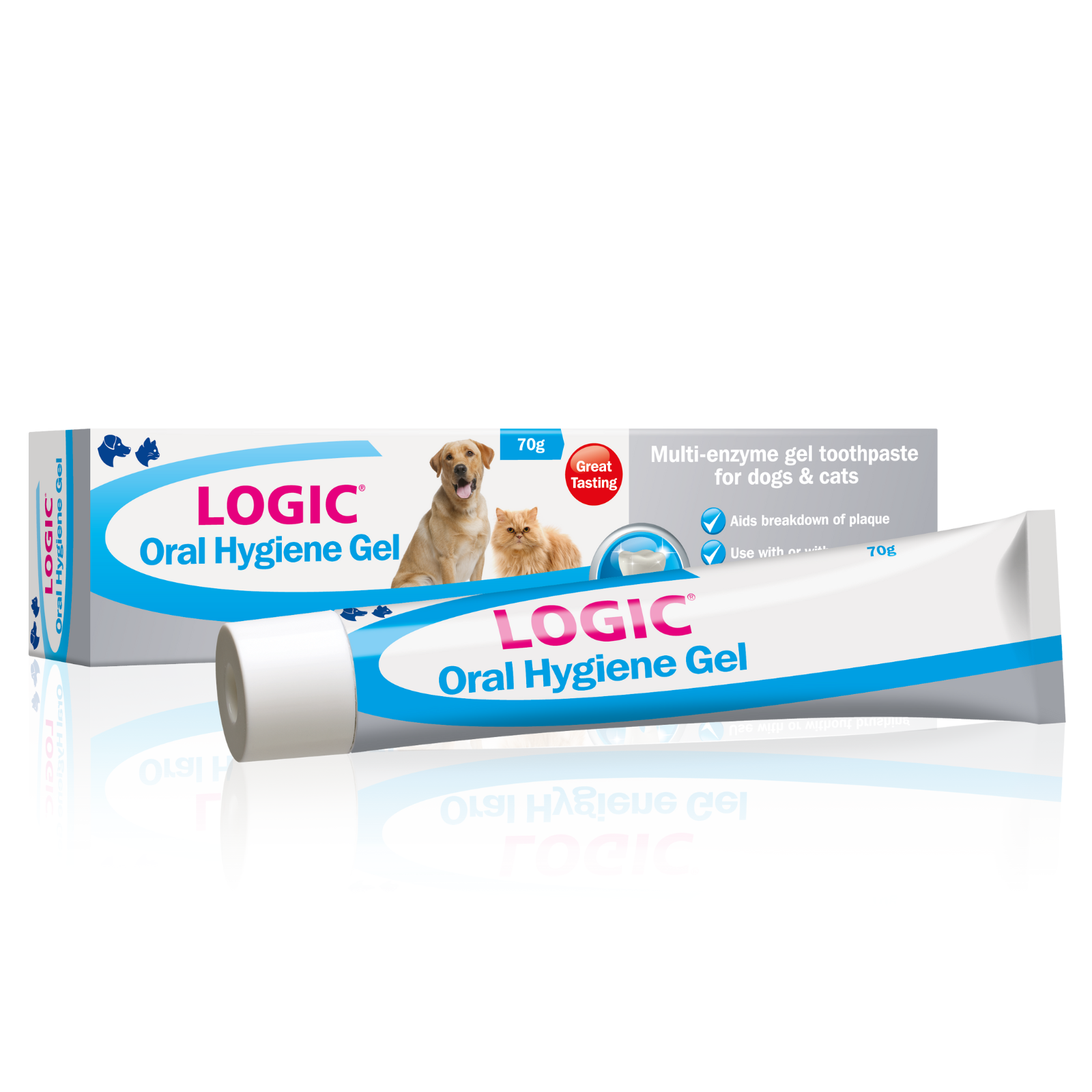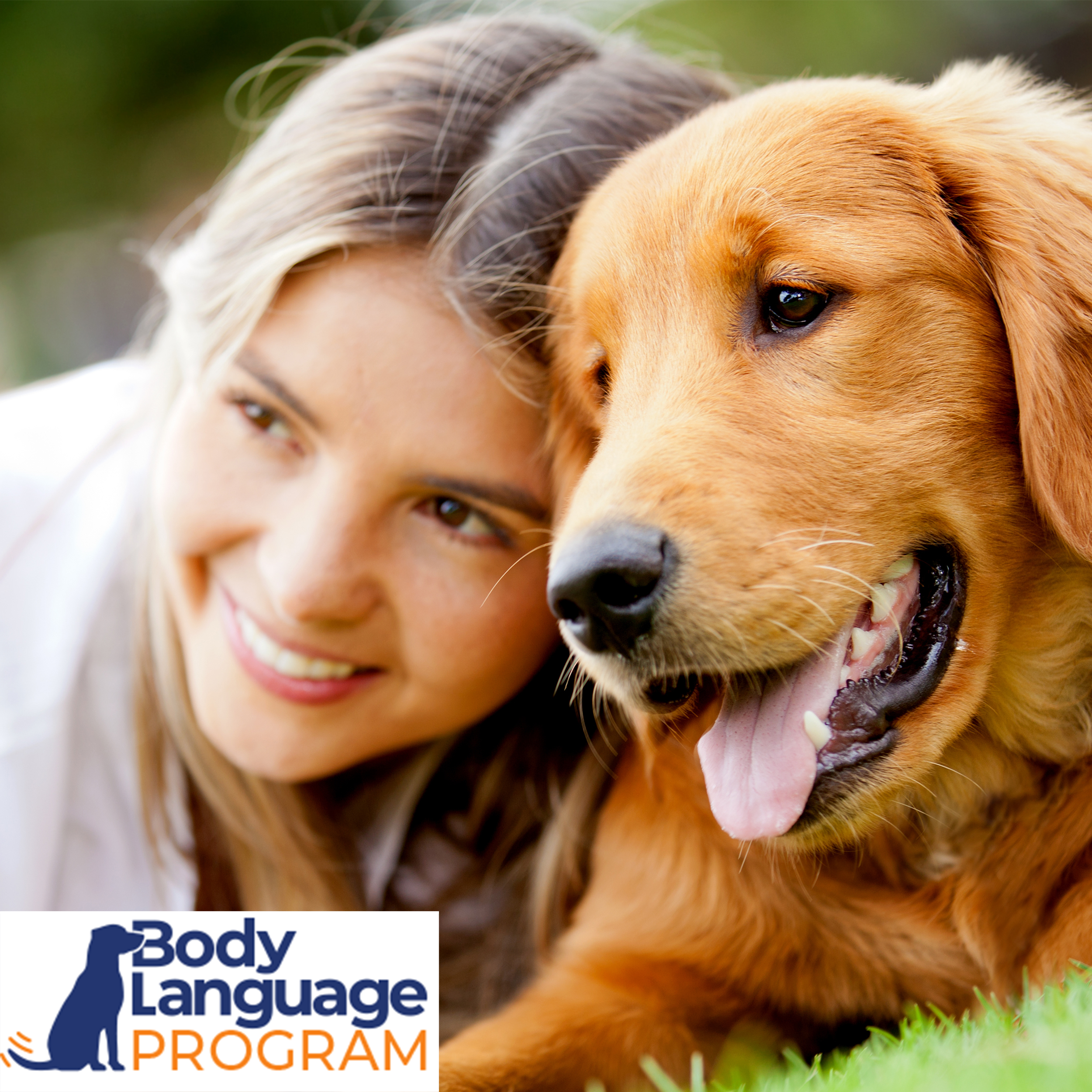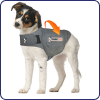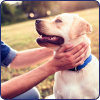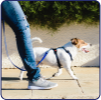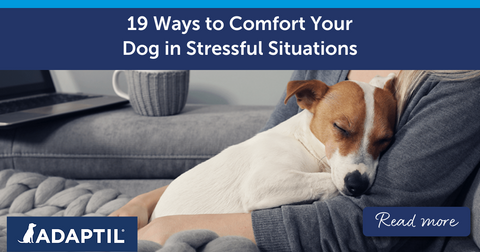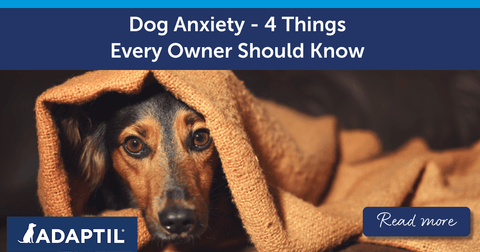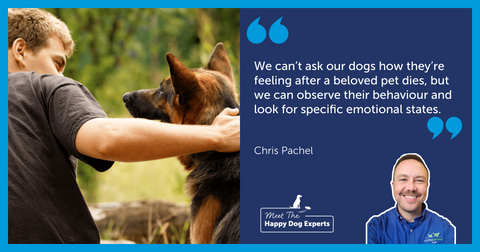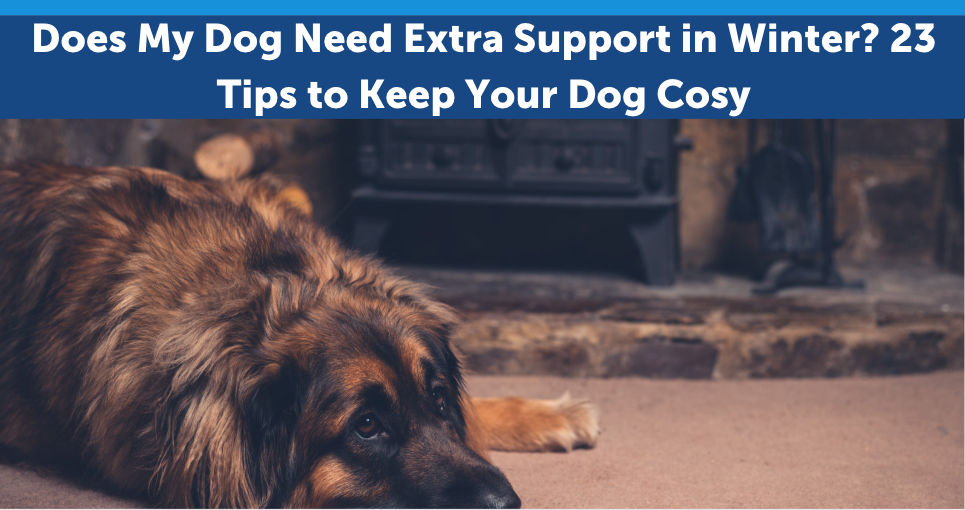
Does My Dog Need Extra Support in Winter? 23 Tips to Keep Your Dog Cosy
As dog owners, we need to make sure our dogs are kept comfortable and safe all year round, whether it's being aware of the challenges of springtime, keeping them cool in the hot summer months, or providing extra support in the winter months.
Many dogs have their own thick fur coat that will help protect them from winter elements but others may find it more difficult to keep themselves warm. Read on for our 23 top tips to keep your dog nice and cosy through the colder winter months!
These breeds have specific features that help keep them comfortable even in cold and freezing conditions:
- Saint Bernards were made for snow. They were named after a dangerous pass in the Western Alps and, in fact, some of the earliest depictions of a St. Bernard show the dogs trekking through the pass.
- The Siberian Husky can withstand temperatures as cold as -60 degrees F (-51 degrees C).
- The Newfoundland was bred to work in icy waters, and has an ultra heavy coat and a very strong body that helps to protect them from freezing temperatures in the snowy mountains.
- The Tibetan Mastiff loves both warm temperatures and the snow. They have a thick fluffy double coat, and an undercoat that grows heavier in winter and sheds into a lighter layer in summer.
- Samoyeds, known for their 'Samoyed smile' and originating from Siberia, these beautiful animals were originally bred to work in the snow, hunting and herding reindeer, and pulling sleds. Their thick coats keep them warm in freezing temperatures.
But other dogs may find it more difficult to keep warm in the winter, particularly:
- Breeds with a short coat
- Young puppies who have not yet experienced very cold weather
- Senior dogs who may not be able to take enough exercise to keep themselves warm
- Dogs with health issues
With the exception of the newly born puppies who should not be taken outside until they are around 3 months old, a doggy coat will provide extra warmth in colder weather, and help to keep them dry!
Our top tips to Help You Dog Stay Comfortable Indoors
- Make sure your dog's bed or crate is in a draught-free location close to a radiator (but not against it) or near a fire (but far enough away to avoid any sparks).
- Make sure fires and heaters are protected and do not leave your dog unsupervised around them.
- They might appreciate an extra blanket or a heat pad, especially if they are a senior dog.
- A slightly elevated bed can keep them away from floor-level draughts, but make sure they can access it easily.
- Create a reassuring environment with ADAPTIL Calm Diffuser plugged in the area your dog uses most during the winter (usually where they sleep). This will help them with challenges they may face during the winter months (be it visitors for seasonal parties, firework celebrations or changes in routine)
- As colder weather and shorter days may mean slightly shorter walks, it's important to check that your dog remains a healthy weight through winter. Your vet can always advise you on the best ways to help your dog maintain a healthy bodyweight and diet.
- Gently warm their normal dog food by mixing it with some warm water this often enhances the smell of their food and can make it more enticing in colder climes.
- If it is really inclement weather outside, think about other ways to exercise your pooch, e.g. a training session learning a new trick, indoor games (such as scent games, hide and seek, tug-o-war with a rope, activity feeders, a new toy, chews, or a snuffle mat).
TOp Tips To Prepare Your dog for cold weather walks
- A fit and healthy dog that is active when outside can be fine without a coat for short periods of time, but when they stop being active, take them home or back to the car to keep warm. Like humans, dogs can get frostbite and hypothermia when out in very low temperatures and cold winds for long periods of time. No dog should be left outside without access to shelter and warmth.
- Consider providing them with a doggie jacket for cold weather walks, but remember these are not meant to be a fashion statement, but a practical solution for keeping your dog warm and dry!
- It won't feel natural to them to wear a coat, so make sure you get a jacket that is the right size for your dog and will adjust to their body shape without being too tight, or too loose.
- Allow your dog to get used to their coat before you venture out:
- Lay the coat on the floor so that your dog can sniff and investigate in their own time a few tasty treats nearby will encourage them to get up close.
-Follow this by just placing the coat over their back for a short period of time and reward them for staying calm with a treat.
-You can then progress by encouraging them to put their head through the opening with a few more treats if necessary.
-Once they are comfortable with the feeling of the coat, you can secure it, always rewarding them for remaining relaxed.
-Allow them to wear the coat indoors for short periods of time until they are comfortable wearing it, making sure they don't get too hot!-If, at any point, you notice that your dog is uncomfortable or tries to get away from the coat, stop, remove it and try again at a different time, starting with a previous step in the process.
top tips to help your dog When it's cold outside
- Keep a watchful eye on your dog to make sure they are coping with the cold temperatures if they are slowing down or shivering it is definitely time to get home and into the warmth.
- Time your walk so that you return home in daylight if possible, and walk different routes to make it interesting for your dog. As you may not be able to walk as far in shorter days, new routes will help your dog discover different sights, smells and sounds.
- Get your dog a reflective collar or lead so that they can be spotted in poor light. You may start your walk in daylight, but darkness can fall quickly in the winter and you can be caught out.
- Make sure your contact details are up to date on your dog's microchip database just in case there is an issue whilst walking in the twilight and your dog wanders off.
- Keep your dog on a lead if it's snowing it might be exciting for them but there may be hidden dangers or deep patches of snow they could find themselves in.
- Do not allow your dog to venture across frozen rivers or lakes, as these could give way and be very dangerous for your pooch if they fall in. If your dog does wander out onto a frozen area, do not follow them, but encourage them to return to you slowly, along the same route if possible.
- Wipe your dog's feet after a walk outside to remove any harmful substances they may have picked up on their feet (e.g. salt or grit) and dry them.
- If they have been walking in snow remove any impacted snow from between their pads and check their stomach for any that has attached to their fur there. Even if they are wearing a doggie jacket, not all areas will be covered, so best to check them over. This is a great opportunity to check their pads and nails for any signs of injury or damage too.
- Beware of anti-freeze! This is used frequently by car owners to keep their cars running smoothly or even in the windscreen wash. However, if ingested by animals it can be dangerous, so if you think your dog has had any contact with anti-freeze contact your vet immediately.
- If you notice a change in your dog's behaviour during the winter months, always get them checked by a vet to make sure there is no underlying medical issue. While you might assume they are staying in their bed more because it's cold - there could be a range of other reasons or medical issues behind their behaviour.
- Just as cars can get very hot in the summer, they can get very cold in winter, so don't leave a dog unattended in a car during the winter.
What's your top tip for helping your dog to stay cosy and comfortable as it gets colder? Do you love a winter walk with your pooch? Tell us in the comments and share your photos of your dog enjoying the winter weather over on Instagram!
